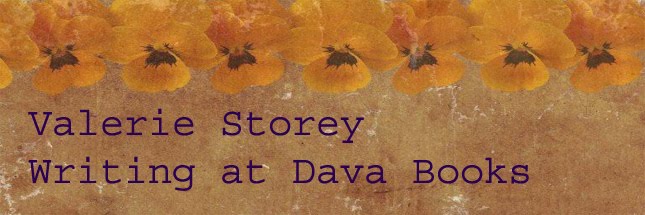Fortunately I'm now reading a much more modern translation by Anthony Briggs that's actually something of a page-turner. And while my brain still resists some of the Russian patronyms (I have a tendency to call the characters things like "Buzzy" and "Fizzy" rather than Bezukhov and Fedya) there's also a very handy list of characters and their relationships to each other at the back of the book. In other words, there's a family tree.
Making a Family Tree as noted in my earlier post, Art Journal Class, My Favorite Tips can be a colorful and information-packed addition to your art journal. The easiest way to approach the exercise is to look up "free family tree templates" in your search engine of choice and download a design that most appeals to you. But don't stop there; experiment with using the template as a pattern to copy from to create your own version, or to alter the original in some way with gesso, paints, ephemera, glitter glue--whatever seems right. One of my favorite techniques is to collage the tree with all kinds of bits and pieces that best describe each included family member. And don't limit yourself to a single page--a family tree could branch its way through an entire journal.
Some of the ways you can use a family tree in your journal are:
- Illustrate your real-life family. Make several trees in a variety of styles for the different generations.
- Explore an historic figure or family that interests you, such as the British Royal Family, or a US president.
- The family or families in your works-in-progress. Not only does this help you remember your characters' birth dates and current ages, but you can have fun marrying them off to each other, or exploring their ancestors: Why do they have blond hair? What makes one character an inventor, another a timid recluse?
- In the same way you can make a family tree to illustrate your WIP, you can just make one up as a pure art journal exercise. The story is completely told through "family photos." And who knows? It just might TURN INTO your next WIP!
- Make a fanciful family tree for the characters from your favorite books or movies.
- Here's a great tip for artists at all levels: The next time you need to make some color charts, paint or draw them as "trees" with leaves in your various hues and shades. (I love this one. It's turned a chore into a fun art project of its own.)
- An etymology tree. Lay out a decorative grid of word association and origins. It can be fascinating to explore where certain words come from, how they were used in the past, and how we use them now.
- Write a tree-shaped poem with the various lines and stanzas branching and flowering out from a single trunk or root.
- Brainstorm with mind mapping or "clustering"; why not make it something fun, expressive, and tree-shaped? Rather than just jotting ideas down on a scrap of paper, add color, doodles, and put it all in your art journal. An initial idea you're attempting to map, such as "Conflict for Chapter Three: Martians Demand All Cats Must Leave Earth" could stem into: "Cats Now Wear Dog Suits." "Cat Smuggling Becomes Big Business," and so on with all kinds of wonderful illustrations and new ideas.


1 comment:
Brilliant! It occurs to me, while writing or preparing to write a novel or short story, it's good to spend time thinking about the people in the protagonist's life, even if they never appear in the story. Creating a family tree like this, to keep on hand, would be a good source of inspiration and grounding while writing such a story. I'm going to do it for the novel I'm working on now. Thank you!
Post a Comment